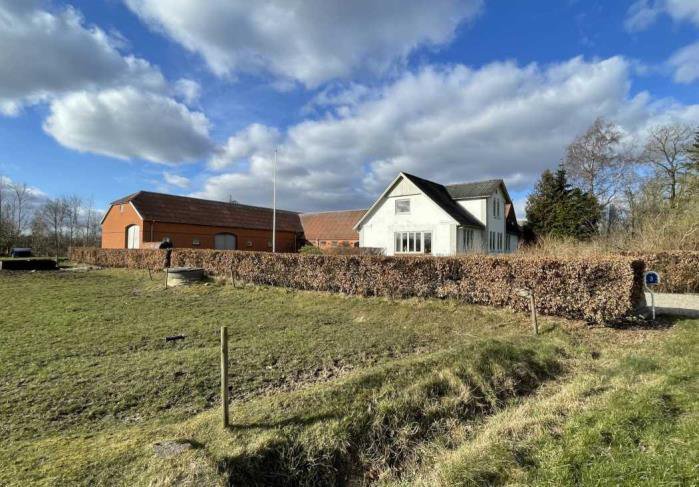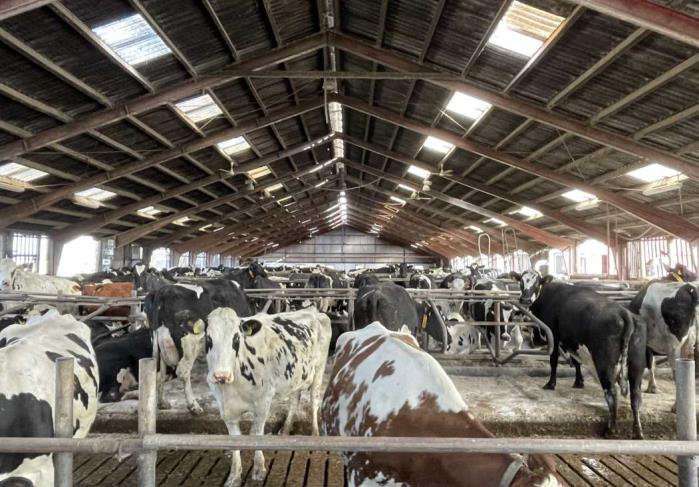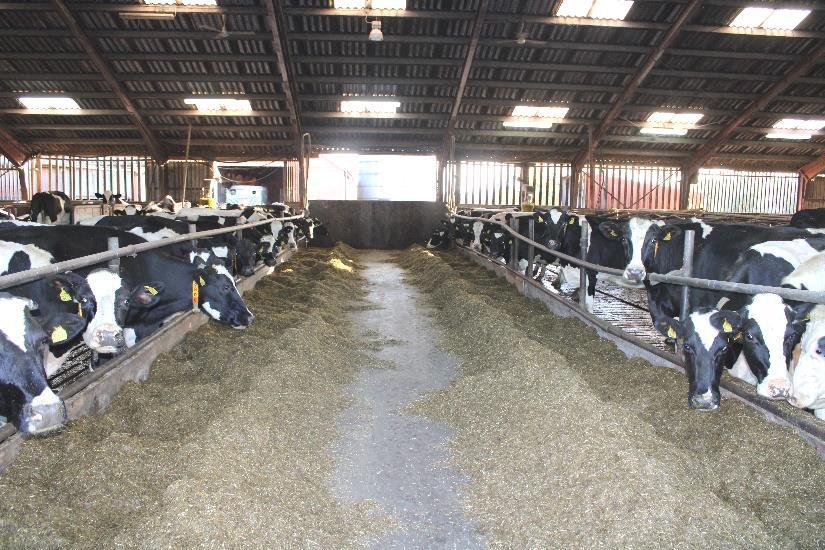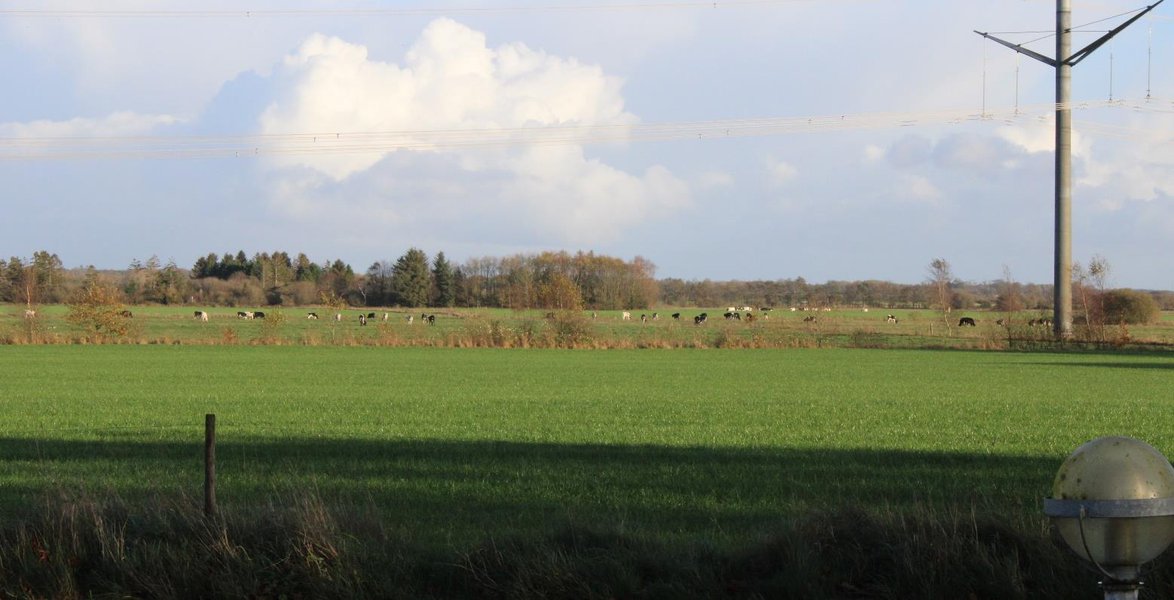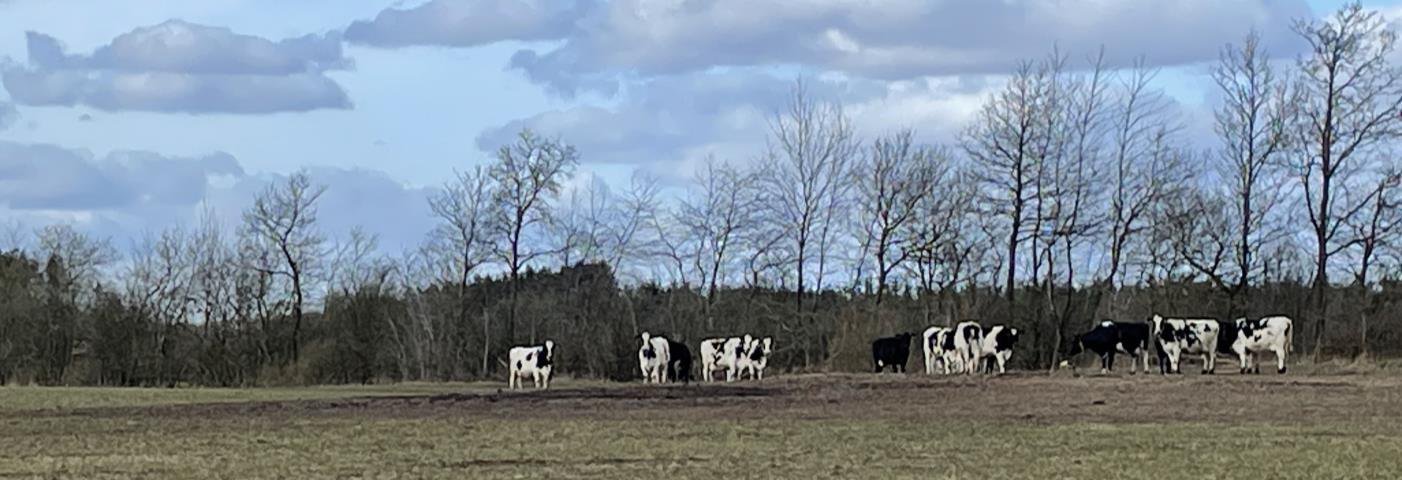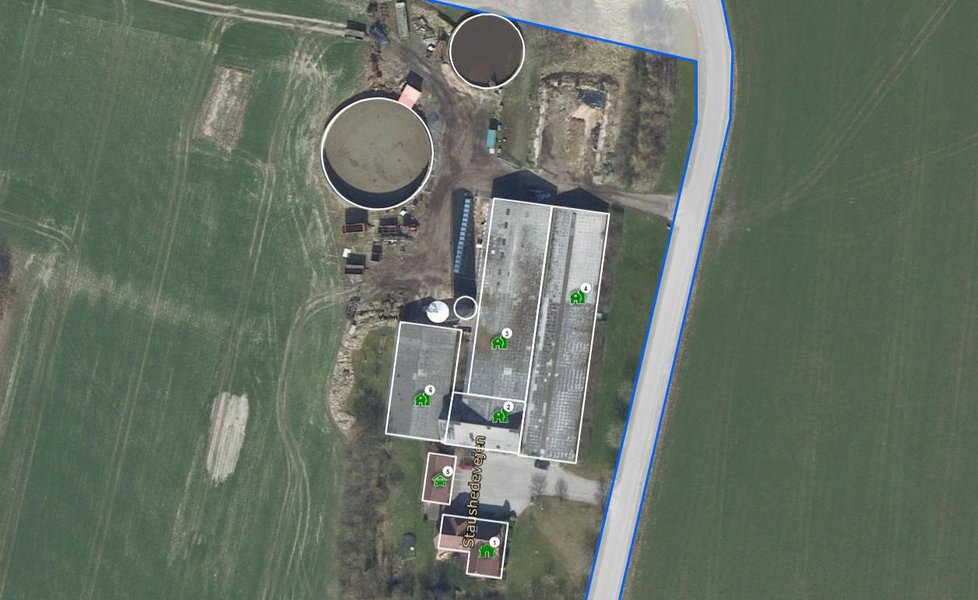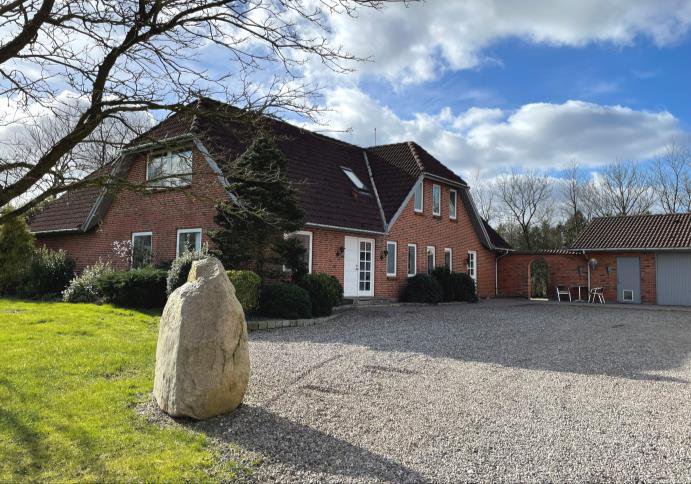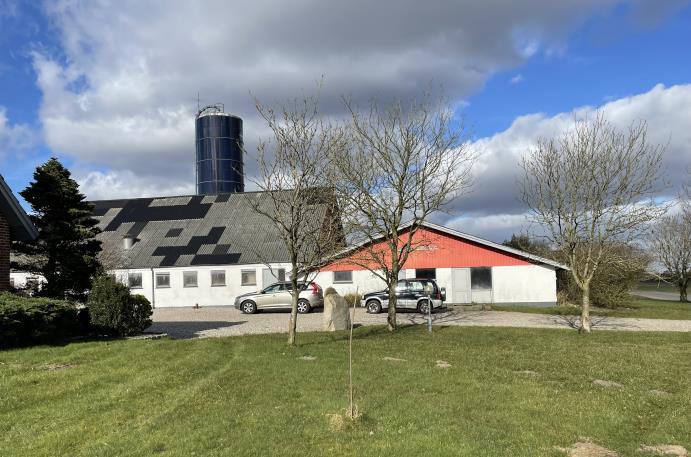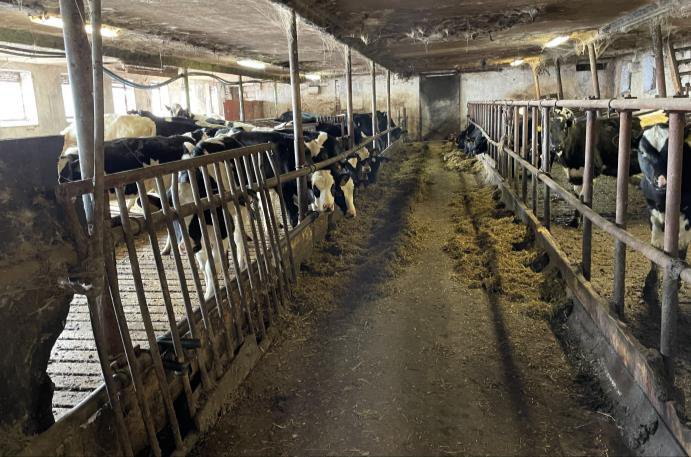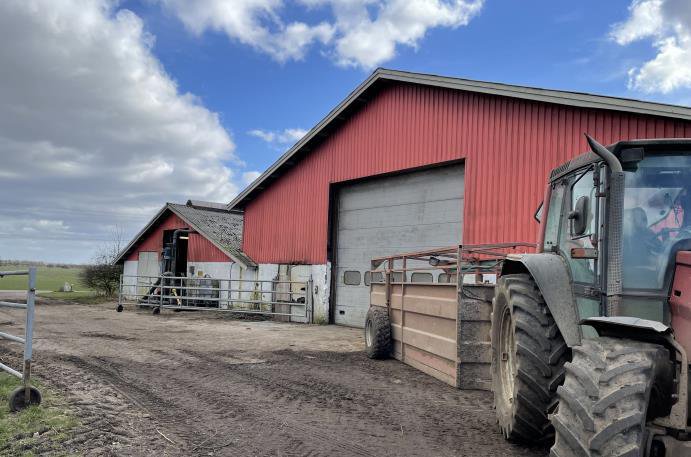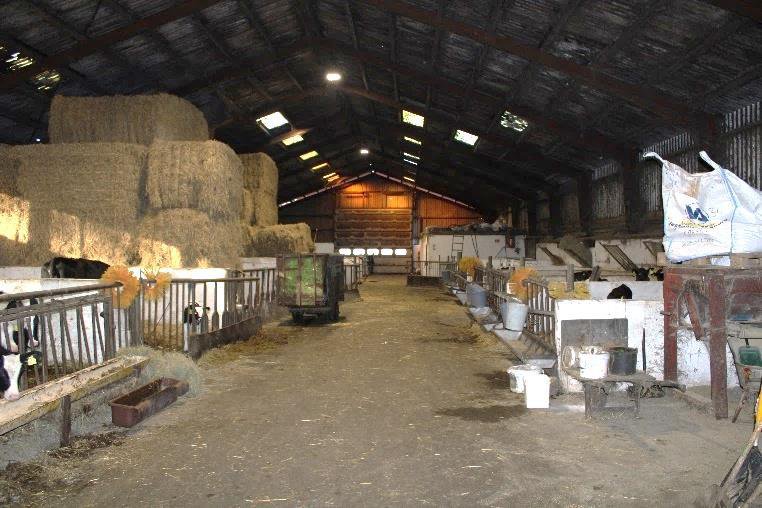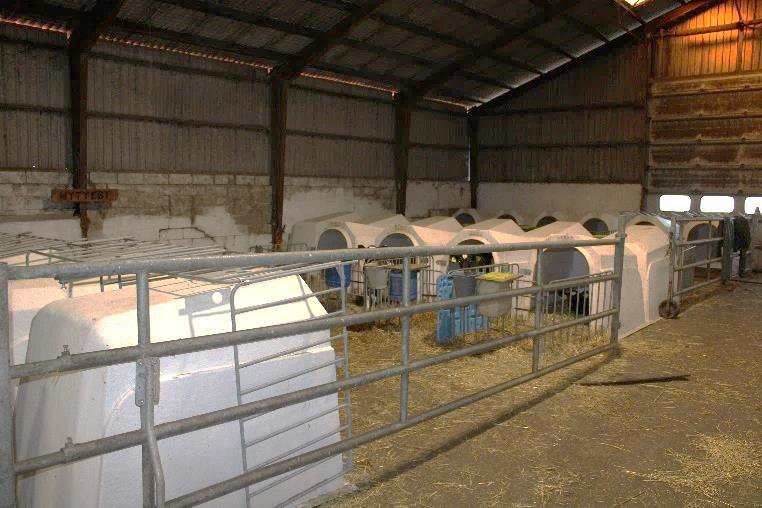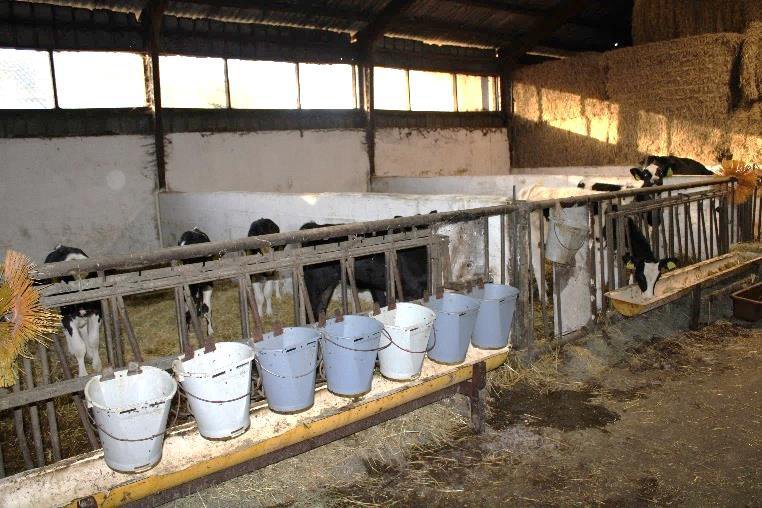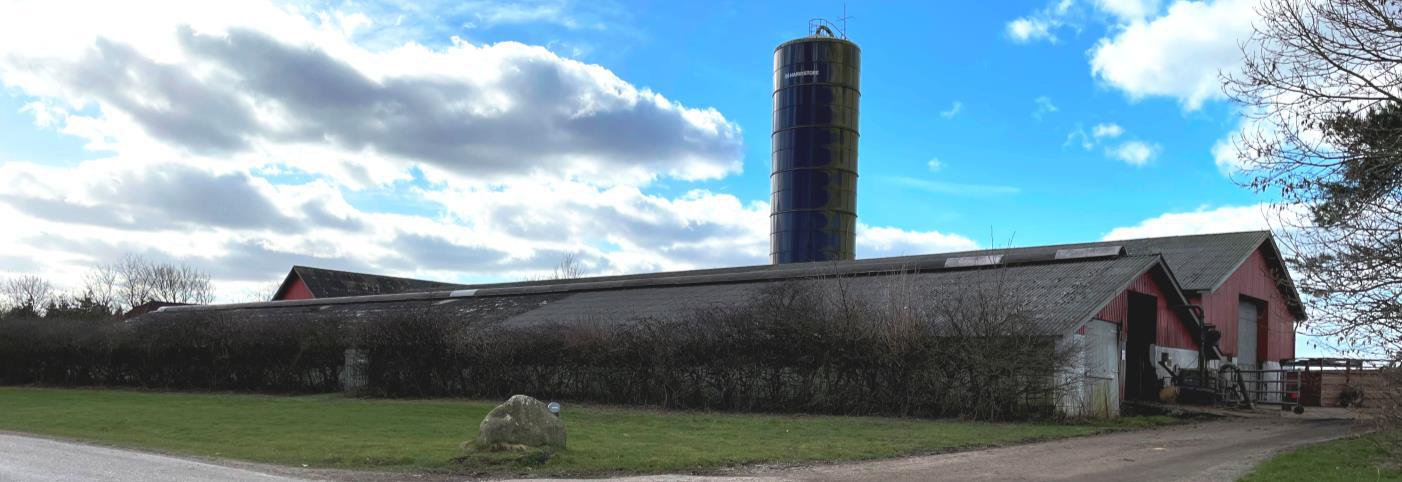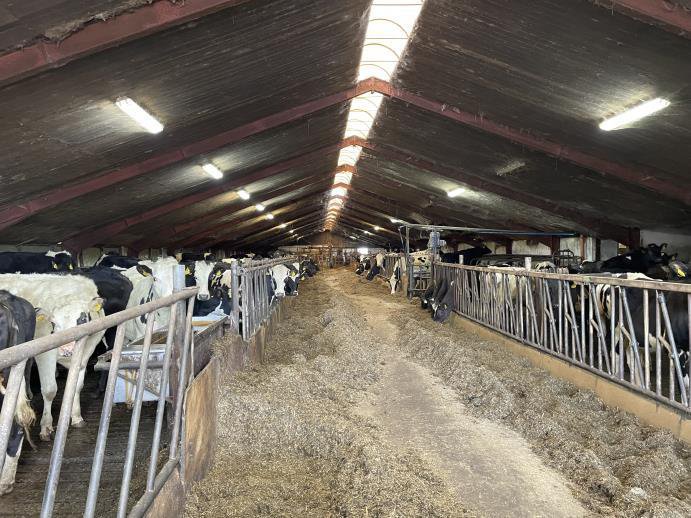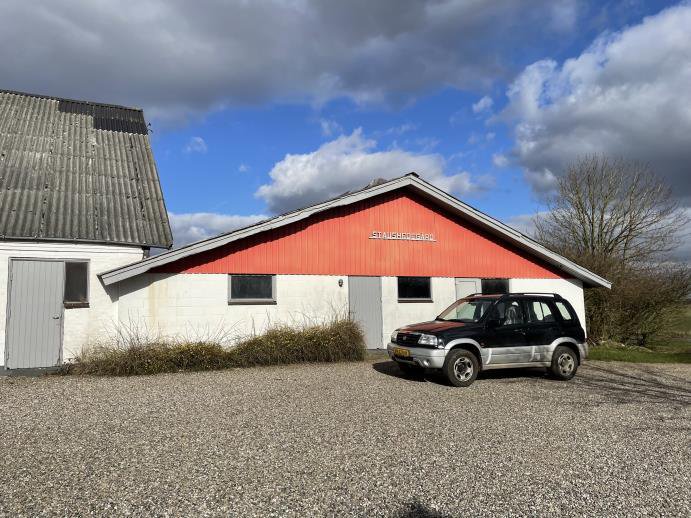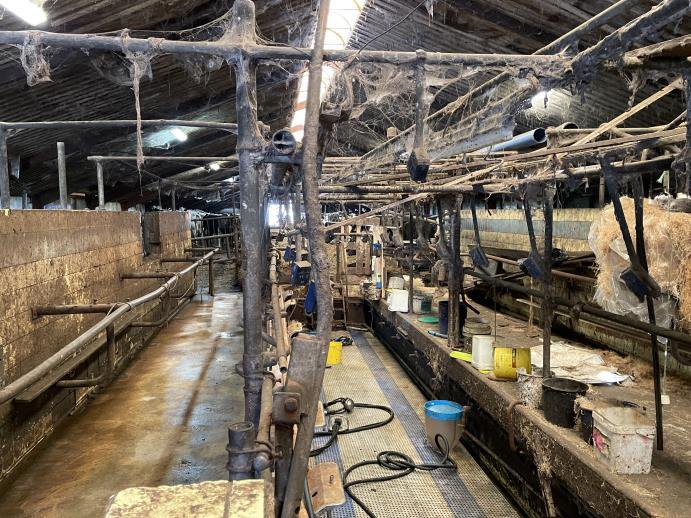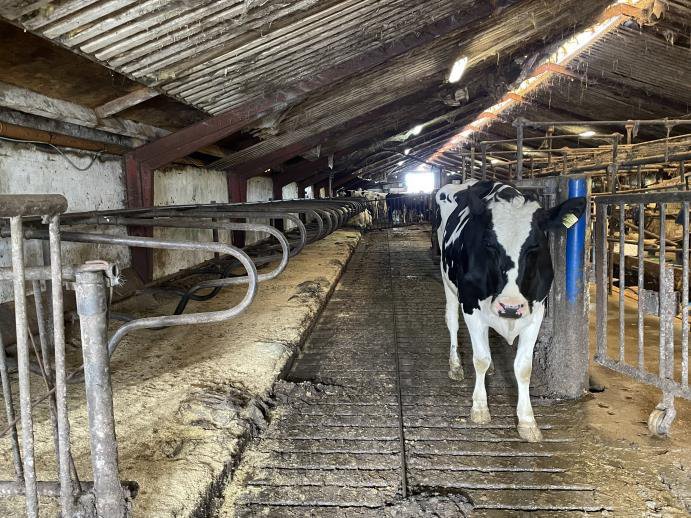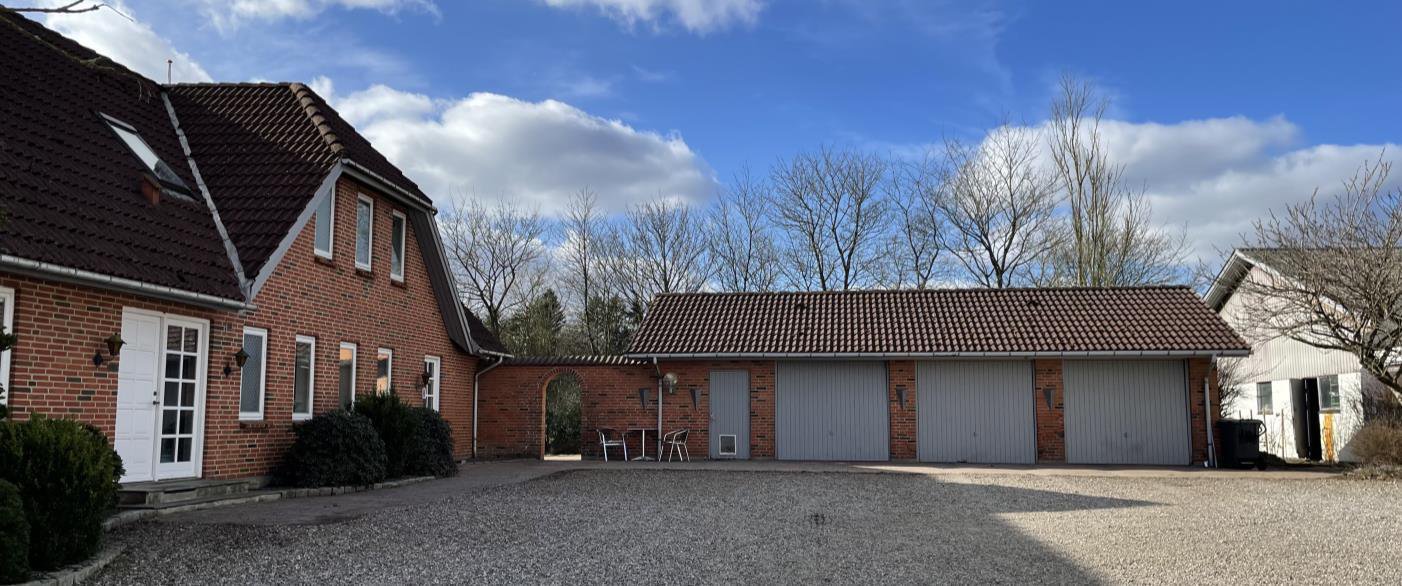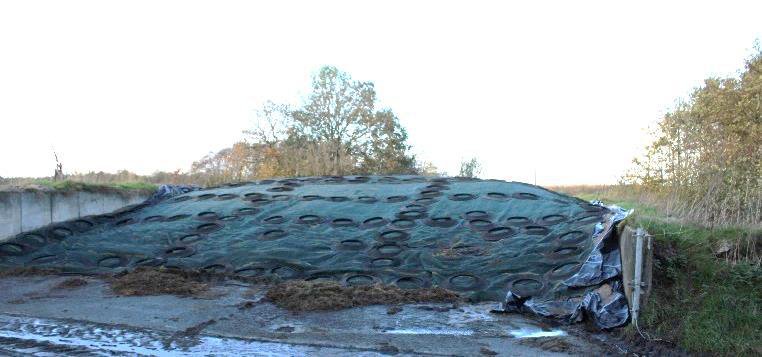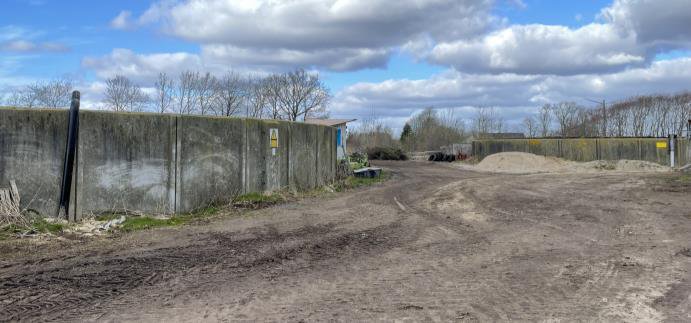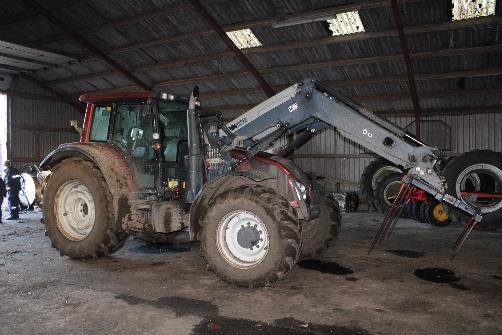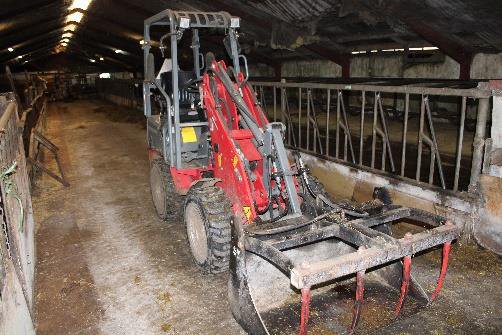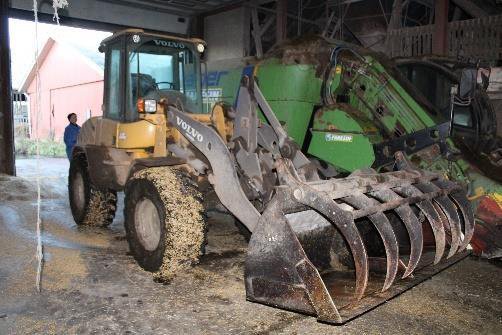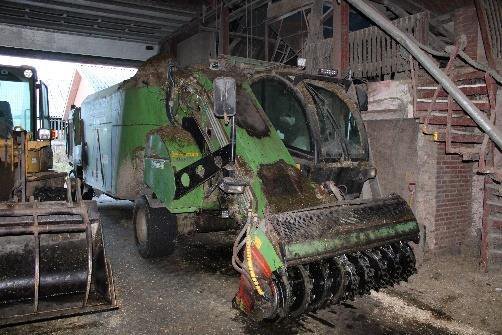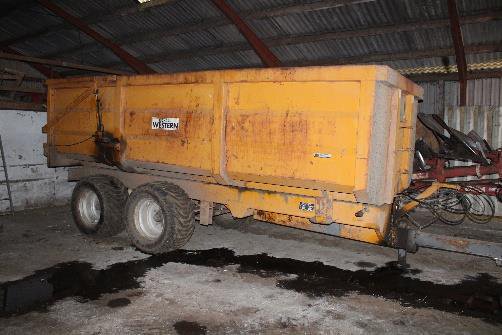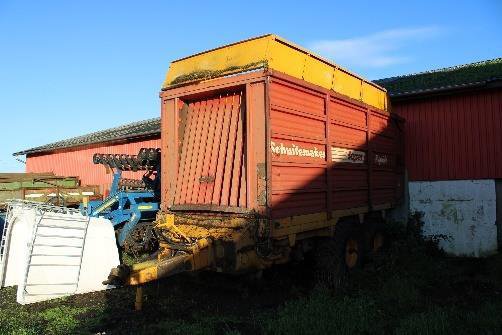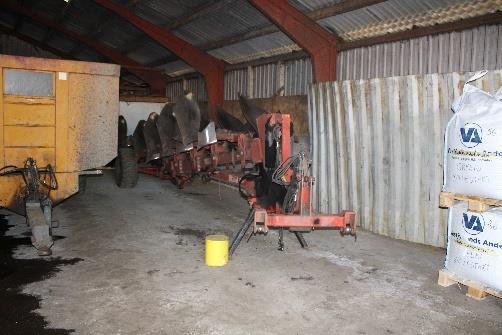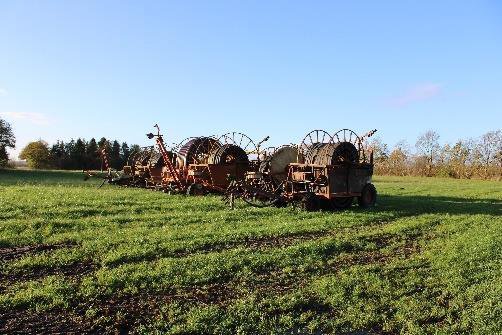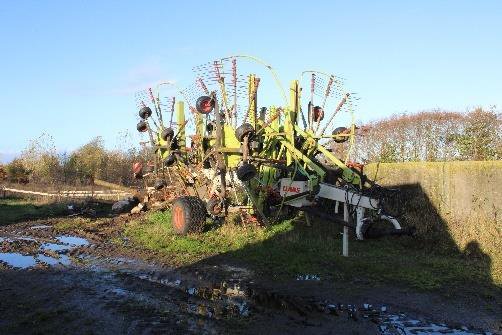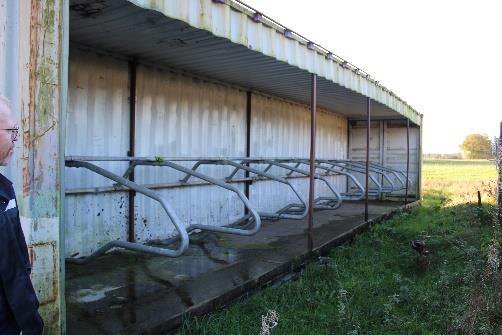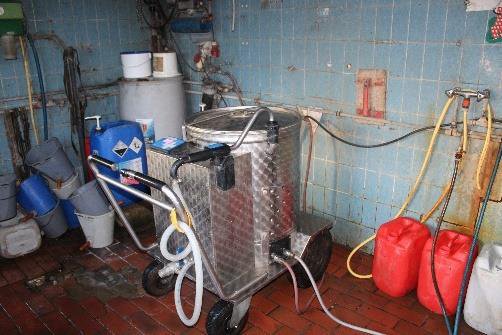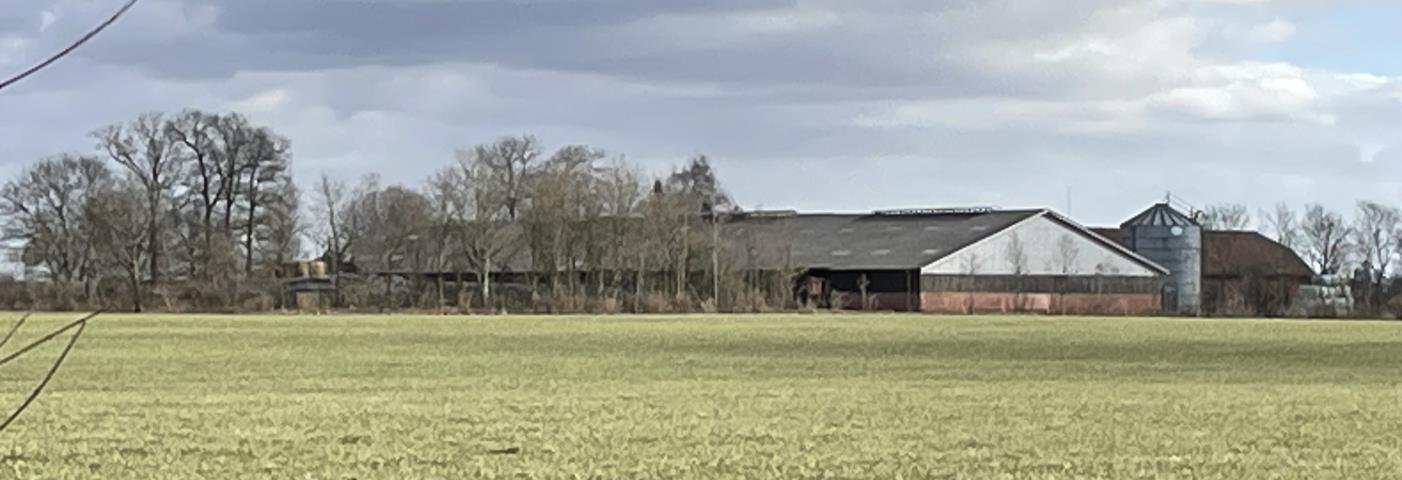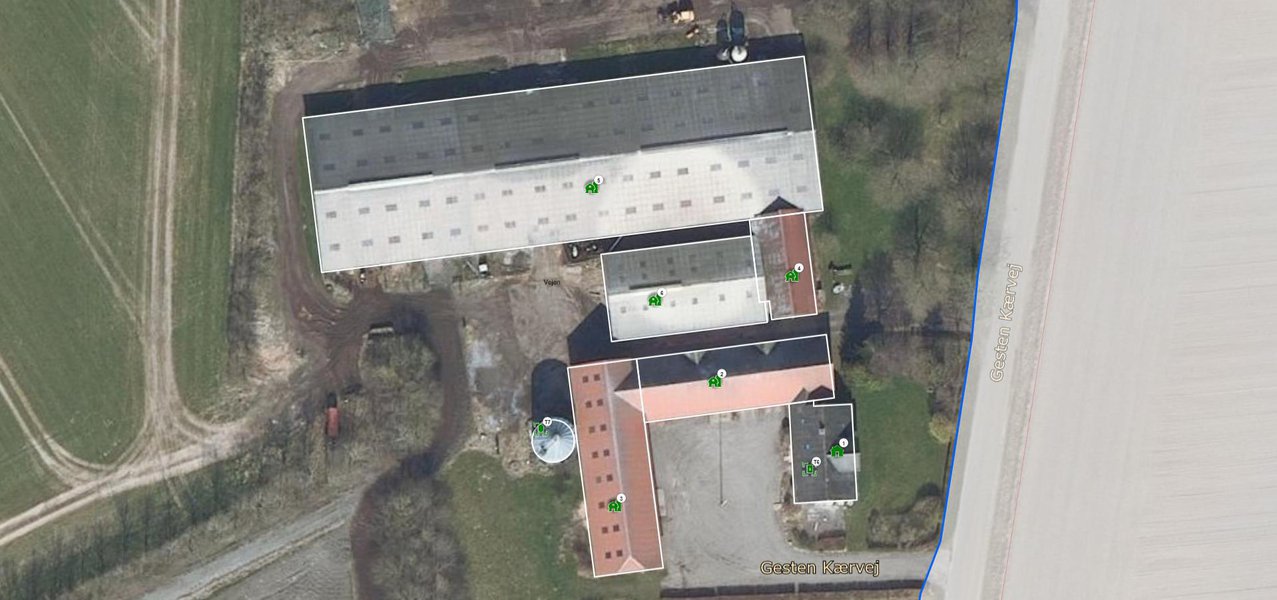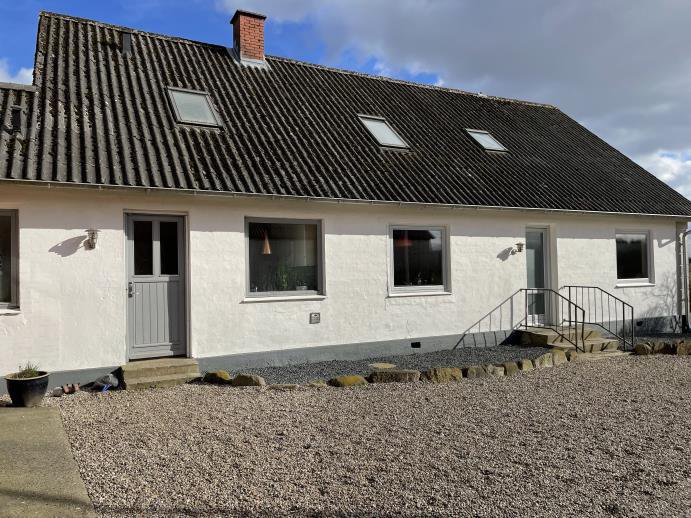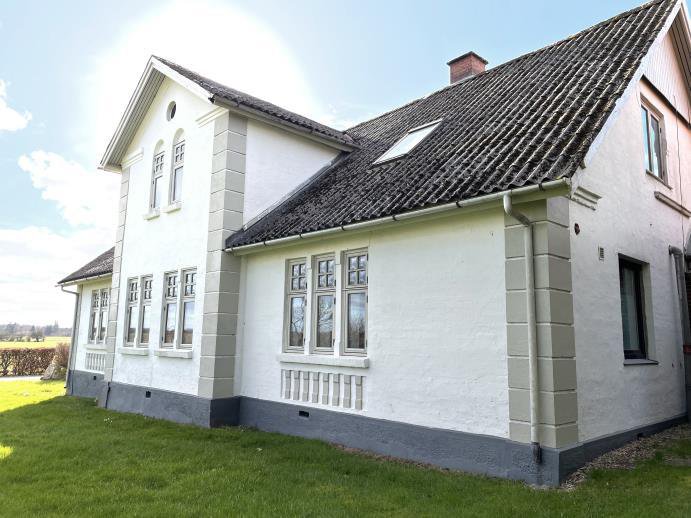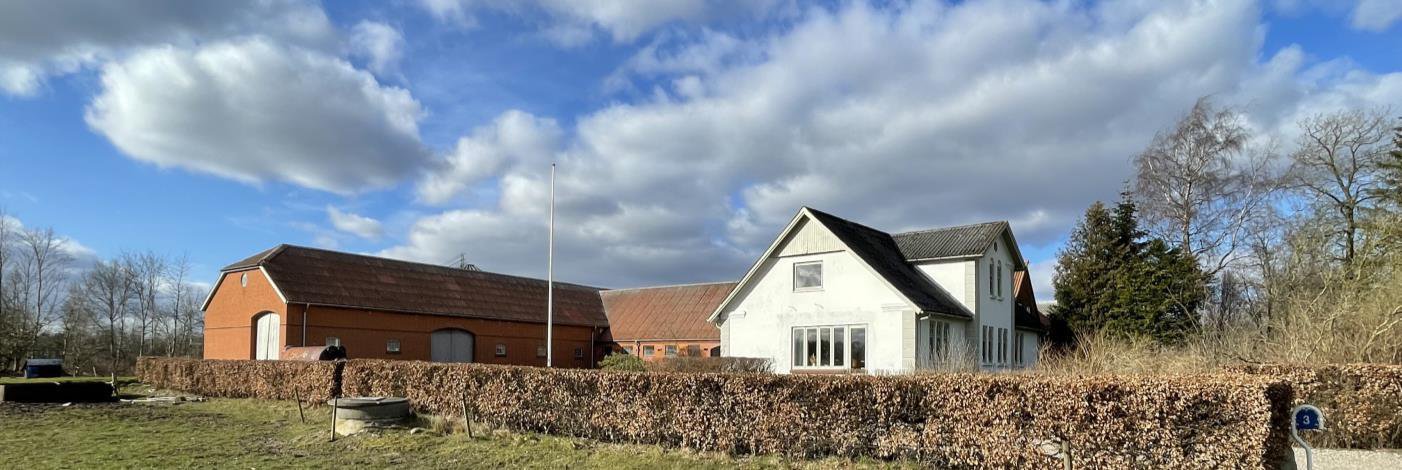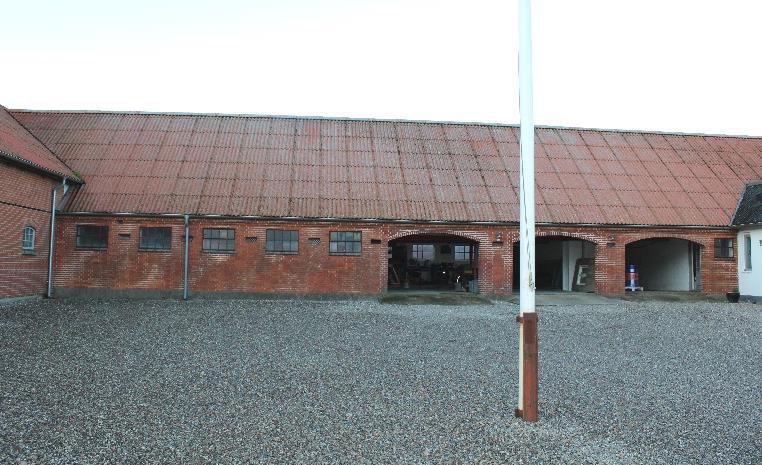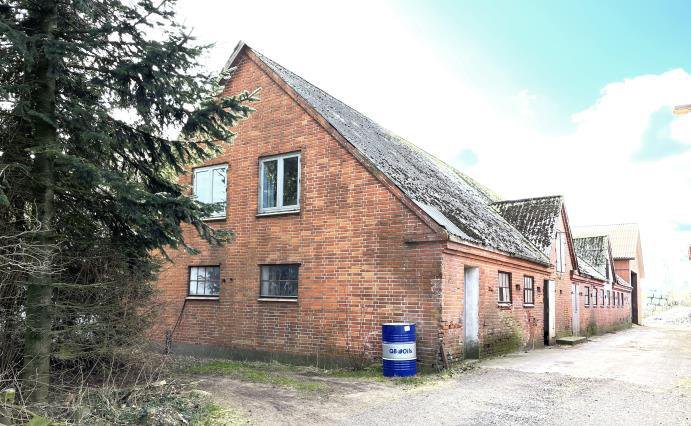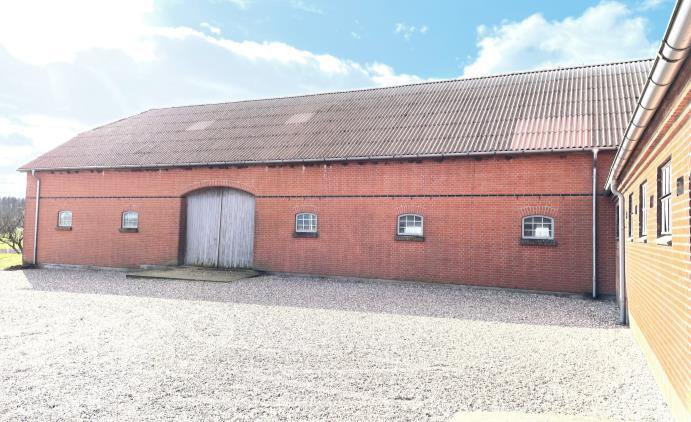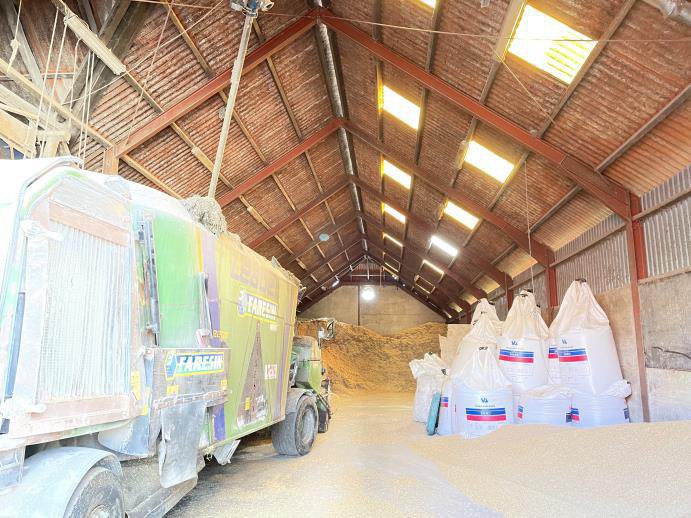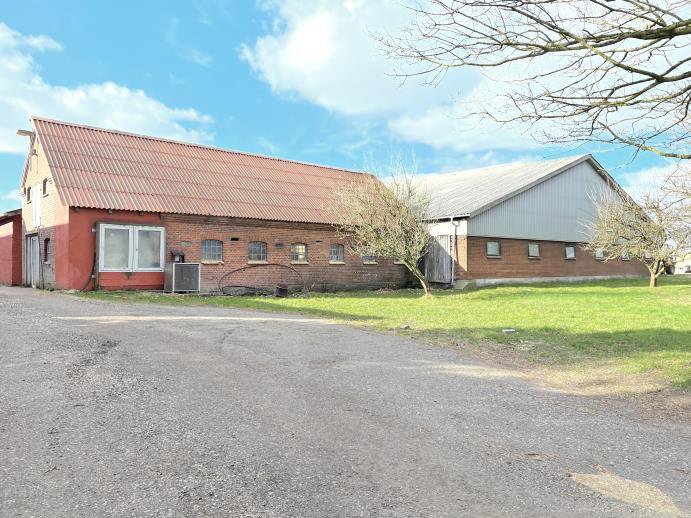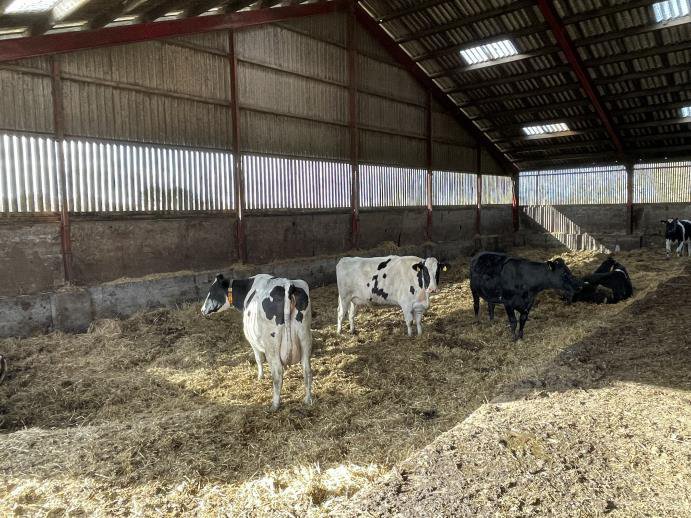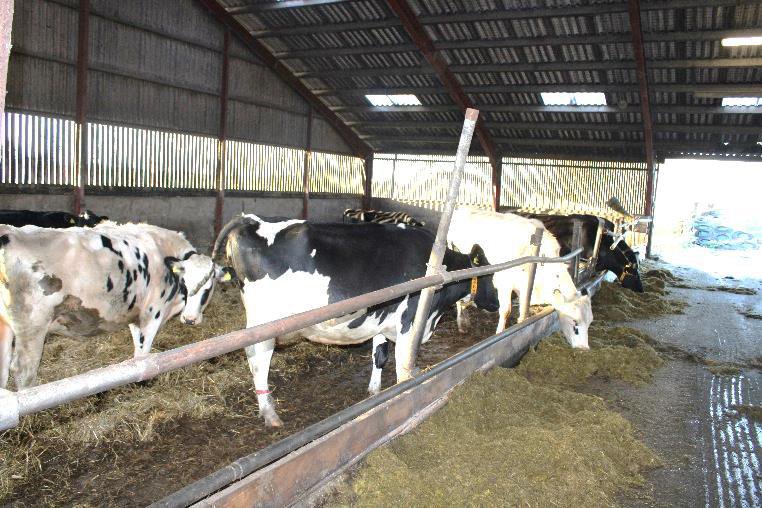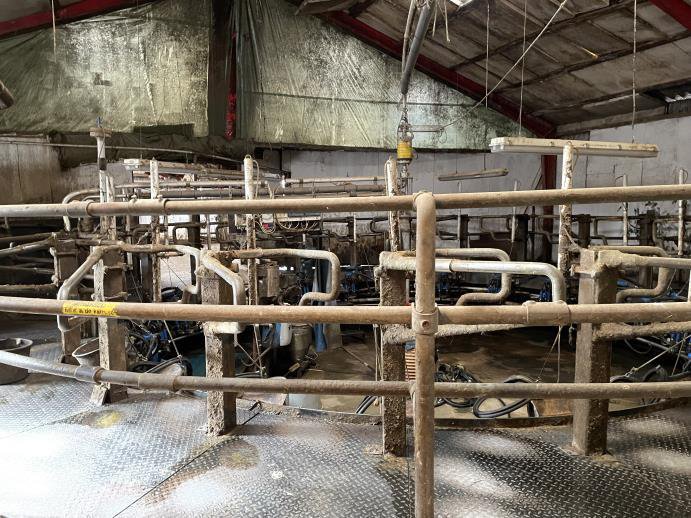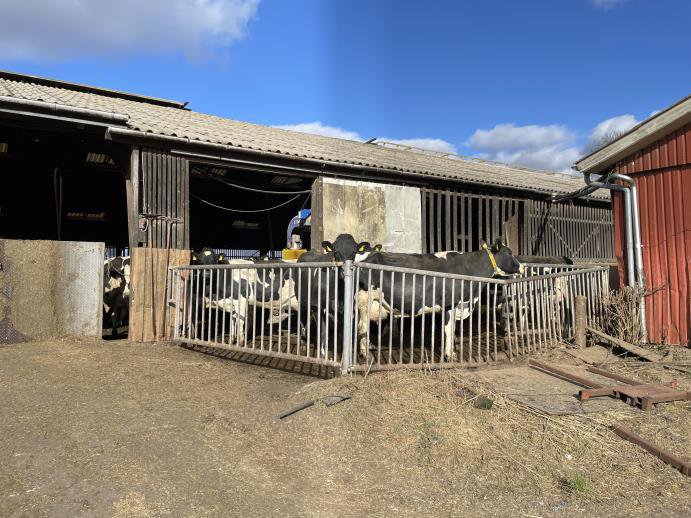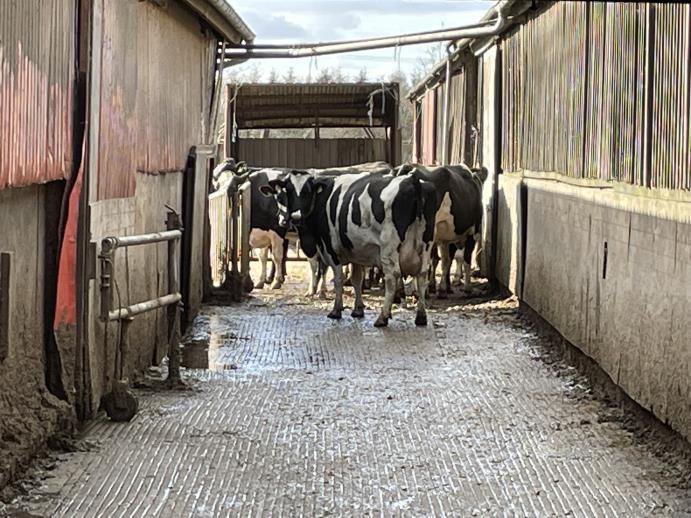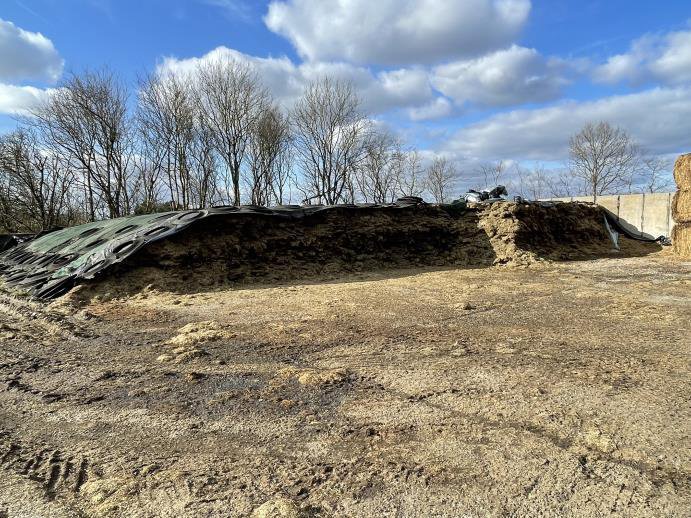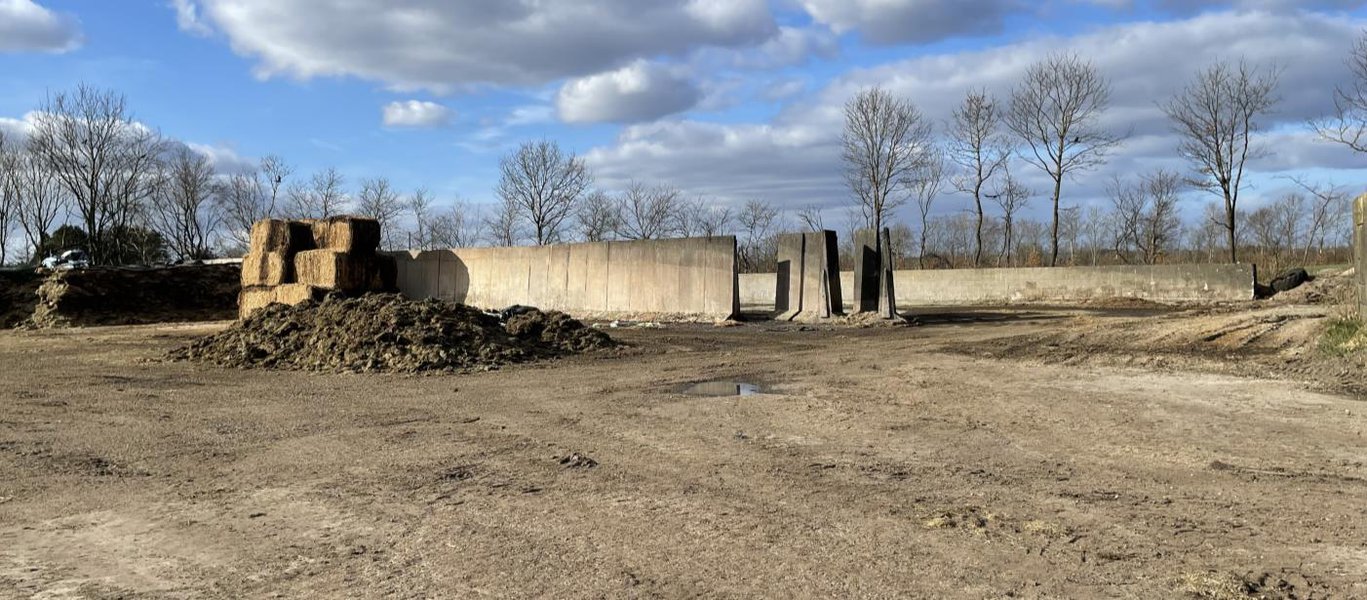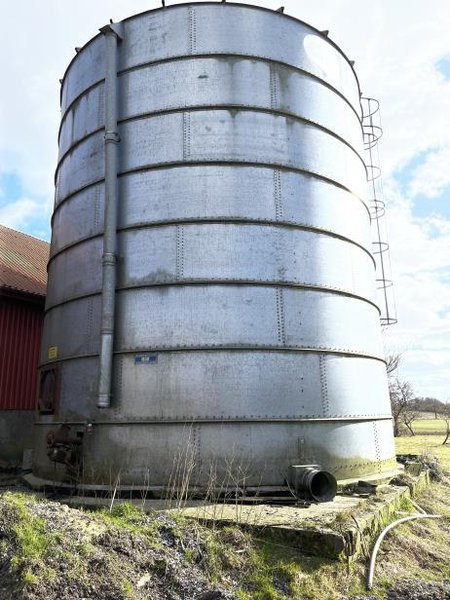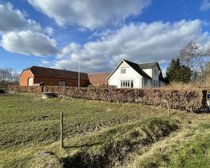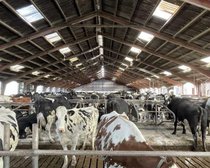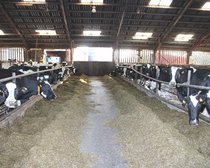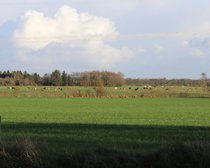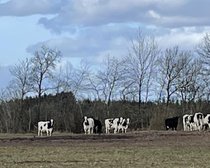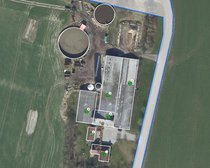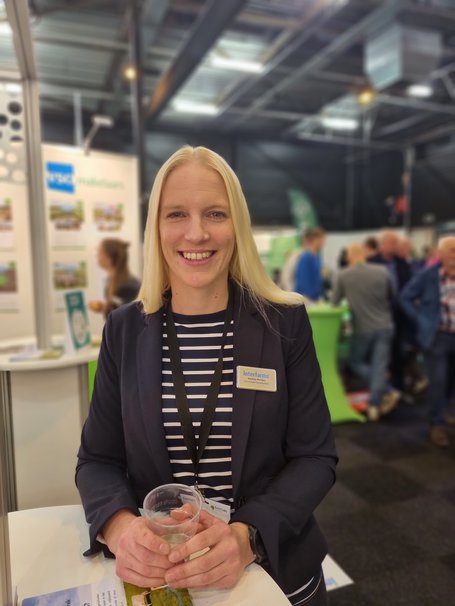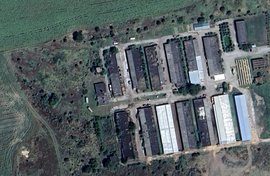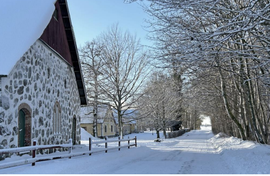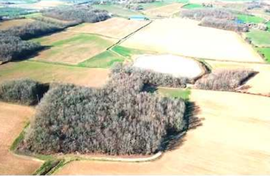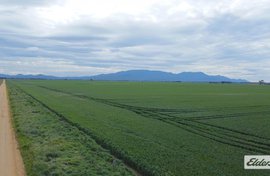Organic dairy / cash cropfarm
311.0 ha. DKK 40,150,000,- For sale Dairy
South, Denmark
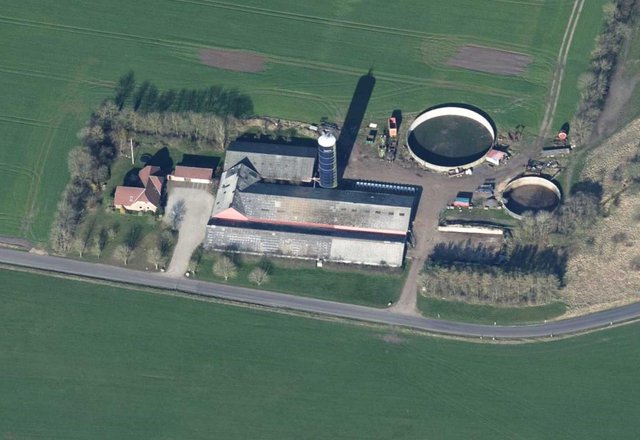
Organic milk production and arable farming
Staushedegård and Gestenlund are currently operated as a single unit with about 260 dairy cows with heifer rearing, and crop production/forage production.
Livestock:
- 260 dairy cows with heifer rearing
- Milk yield is about 10,200 kg EKM/year cow.
Staff:
- Besides the owners, the staff currently consists of 2 full-time employees and 4 part-time employees.
Housing:
- 2 good dwellings.
- Farm house built in 1987. Well furnished with entrance hall, toilet, bedroom, kitchen/dining room with access to terrace and garden, large living room, hall and office. The attic floor is fully utilised with 5 rooms and bathroom.
Machinery:
- Machinery for most tasks except mowing / slurry / harvesting
Land:
- 216 ha of land owned and with leasehold of about 95 ha, giving a total arable plan of about 311 ha in 2022.
- The plot covers a total of ca. 92 ha, of which about ca.79 ha is arable land and ca.5 ha is pasture/perm. grass. The remaining area is construction land, roads, shelter strips, nature reserves, etc. The soil quality is partly coarse sandy soil and partly humus-rich soil.
Buildings:
- Stable built in 1992 partly steel and partly wood. Approx. 218 cubicles (approx. 40% with water mattresses, the rest with "normal" mattresses), slats with manure slide, approx. 160 feeding places at 3 feeding tables across. Feeding system with 5 functional stations with flex auger from small force feed silo placed outside.
- Barn building from 1952 with space for approx. 56 young animals 3-10 months in cubicles with mats, slats and with brushes set up.
- Barn building (1977) 32 calf stalls, a total of 15 common stalls and calving and welfare stalls with deep litter. There is also space for straw storage.
- Stable building (1977) Insulated and clad in plastic and wood.
- Milking parlour built in 2000, SAC 22 stall carousel, partial outside waiting area.
- Approx 142 places in cubicles with ma mattresses, partial catch fence. Old tank room in use as calf kitchen.
About Denmark
Denmark is one of the oldest kingdoms in the world. Denmark consists of the large peninsula of Jutland and some large islands. The island of Fyn is connected with Jutland via a bridge. The island of Zealand is connected with Fyn by means of a tunnel and a bridge. In addition, Greenland and the Faeroe Islands are part of the State of Denmark. The capital city of Copenhagen is situated on the island of Zealand. The only country border is the one with the German state of Schleswig-Holstein. Recently, a bridge has been built between Denmark and Sweden. Furthermore, Denmark is surrounded by the North Sea (on the west), the Kattegat between Jutland and Sweden, and the Sound between Zealand and Sweden. The capital city of Copenhagen is situated by the sea, the Sound, and it has a population of approximately one and a half million. As a port, Copenhagen is the trade centre for i.a. industries, breweries (Carlsberg, Tuborg) and shipbuilding (Maersk). Denmark has approximately 5.8 million inhabitants. This means that it has an average of 136 people per square kilometre. Over half the Danish population live on the islands east of Jutland, whereas a quarter of the population live in or around the capital city of Copenhagen. At present, over 80% of the population live in urban areas, and this number will further increase as a result of industrial growth.
Social security contributions are paid through the tax system. As a result, no tuition fees, no contributions for national compulsory health insurance, and no old-age pension contributions need to be paid. Children in Denmark have to attend compulsory education between the ages of 7 and 16. From the age of three, they may go to a børnehave (a kind of pre-school/kindergarten), from the age of six they can go to the preparatory year for primary school. Most villages have a school. Primary school is attended for nine years, after which there is an optional tenth year, which is often attended at the principal town of the municipality. Most children (93%) go to the folke schools, which are free. According to the present Constitution, the Evangelical-Lutheran Church is the Danish folkekirken (= people’s church), and as such it is supported by the State. Approx. 95% of all Danes are members of the folkekirken. Apart from members of folkekirken, there are about 6500 Roman Catholics, 700 Reformed Protestants and 6500 Baptists in Denmark. These churches are recognized by the Danish State.
Denmark has a maritime climate. Average annual precipitation is around 664 mm, half of which falls between July and October. The wettest month is August at 81 mm; the driest month is February with an average rainfall of 39 mm. In summer, occasional stormy winds from the west bring some cool weather. Winters are temperate due to a westerly gulf stream that tempers the cold. The Danish weather is changeable but never extreme. April and May are mild. In general, the months of June, July and August are warm (16.6 °C on average). A typical Danish summer has alternating periods of rain and sun. The spring months are pleasant, but cooler. The winter months are cool and sometimes cold, while light snowfall is normal. February is the coldest month of the year at an average temperature of -0.4°C.
Denmark produces food for approximately 15 million people (three times the Danish demand), two-thirds of which are exported. Despite the important part played by agriculture in Denmark, only 96,000 people, i.e. 3% of Demark’s total workforce, work in agriculture. Denmark has about 42,000 farming operations; as recently as 1950 this figure stood at 200,000. During the last decade, the average size of farming operations has increased from 21 to 65 ha. The average age of the Danish farmer is 52. Dairy farming Denmark is a dairy country that exports many dairy products. The national milk quota is 4.6 billion kg . A large share of its exports goes to the EU (Germany 20%, Great Britain 15%). All dairy farmers can buy quotas at the quota exchange. There are four trading-rounds at the exchange each year. The price is set on the basis of the average of amounts of supply and demand. From all transactions, 1% is skimmed off for the benefit of start-up farmers. All transactions conducted outside the exchange system get deducted by 50%. To prevent overproduction of manure in concentration areas, Danish agriculture has a system whereby there has to be a balance between the number of animals at a farm and the number of hectares. In this regard, a distinction is made between the different kinds of animals, the quantity of animals, and the number of hectares owned. Of the requisite amount of land, 30% must be freehold. The surplus amount of manure can be disposed of through leases or manure disposal arrangements. All livestock farmers must submit a cropping plan to the plantdirektorat. This includes a specification of crops for each parcel of land and the fertilization plan involved. The farmers’ association then calculates the permitted amount of artificial fertilizers to be spread, taking into account a useful nitrogen content of 45% from liquid manure. In the months of October through January, there is a ban on the disposal and application of manure. The storage capacity of manure for existing farms extends over a period of 7 months, and, for new farms, 9 months. In Denmark, farms are traditionally built on the attached land-parcels so that most of the “original” lands lie around the buildings. Historically, Danes are arable farmers who began keeping livestock to eat their crops and use their straw. There is still a lot of arable farming in Denmark, so you can see a great many cereal crops there. Maize is grown in Denmark. Soil types vary from light sandy soil to clay soil. The lighter sandy soils generally have to be irrigated in the period of July/August, because these months are often hot and dry.

